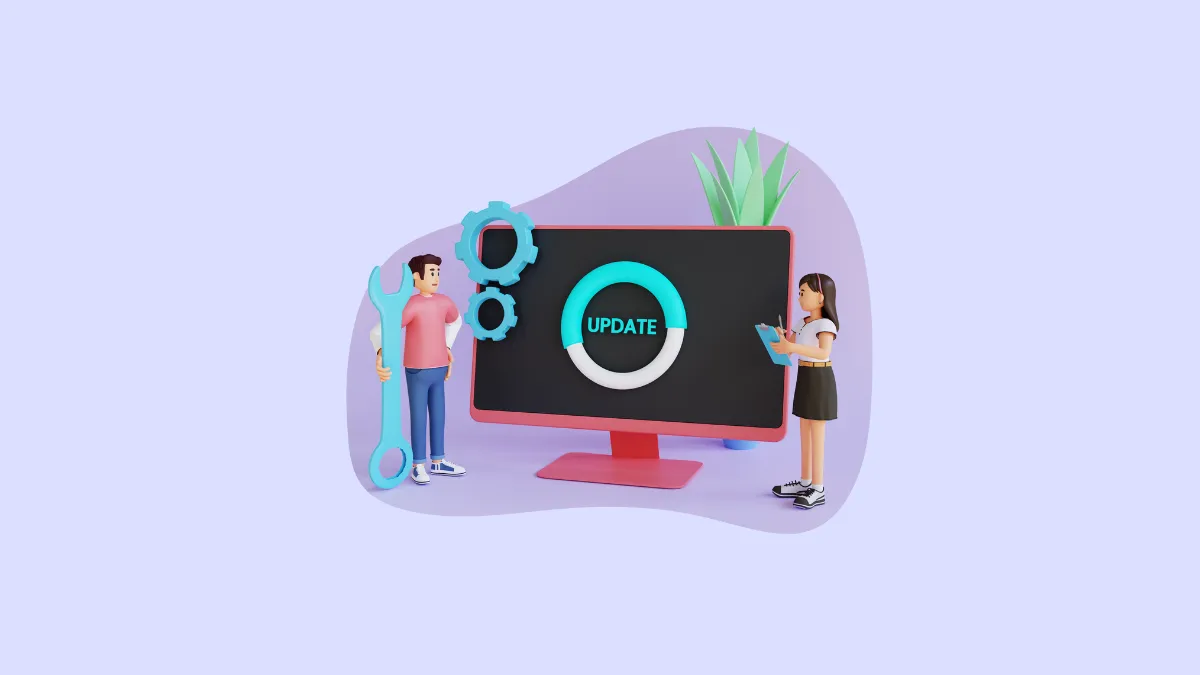Windows Update ensures that your PC has an updated firmware version that is free of bugs, issues, and loopholes. Updates typically identify and fix security-related issues on the PC. Hence, it is critical that it should be updated regularly.
However, in an unfortunate case where you are unable to download updates the usual way and neither Windows automatic updates seem to be working, simply employ the methods listed below to resolve the issue.
Just a gentle reminder before you begin resolving the issue, ensure you have checked that your PC can connect to the Internet.
1. Unmark Network as Metered Connection
Windows allows you to mark network connections as metered to reduce data usage by not downloading app updates along with Windows updates.
First, head to the Start Menu and click on the ‘Settings’ tile to continue. Alternatively, press the Windows+I keys to open the app.
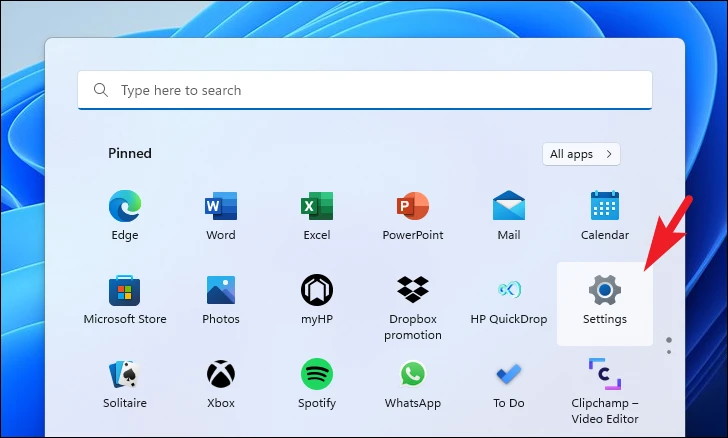
After that, click on the ‘Network & Internet’ tab from the left sidebar.
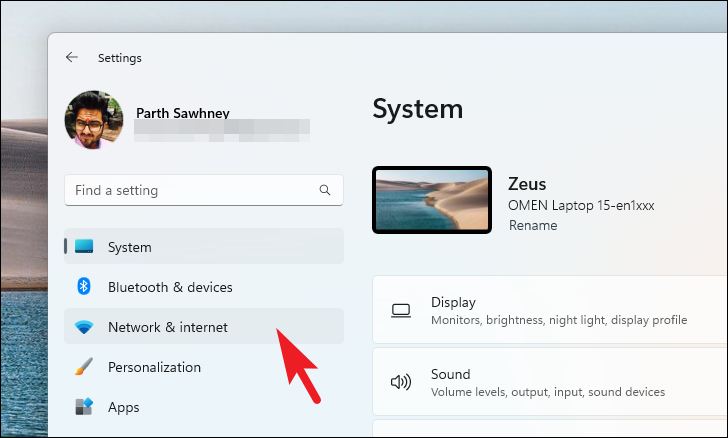
Then, click on the ‘Wi-Fi’ or ‘Ethernet’ tile depending on what medium you are using to connect to the Internet.
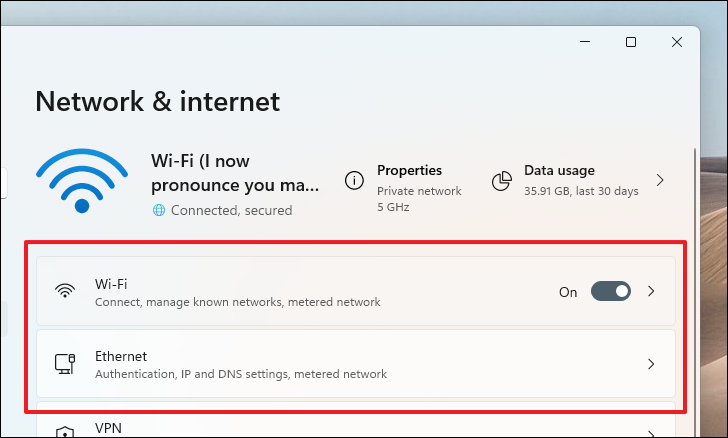
Next, click on the network tile to which you are connected.
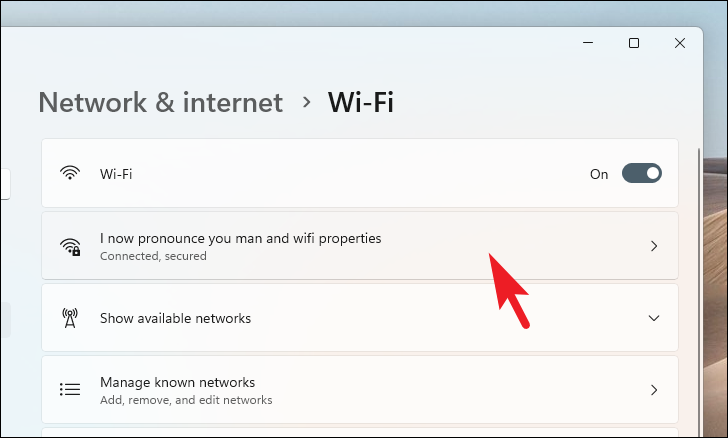
On the next page, click on the toggle following the ‘Metered connection’ option to bring it to the ‘Off’ position.
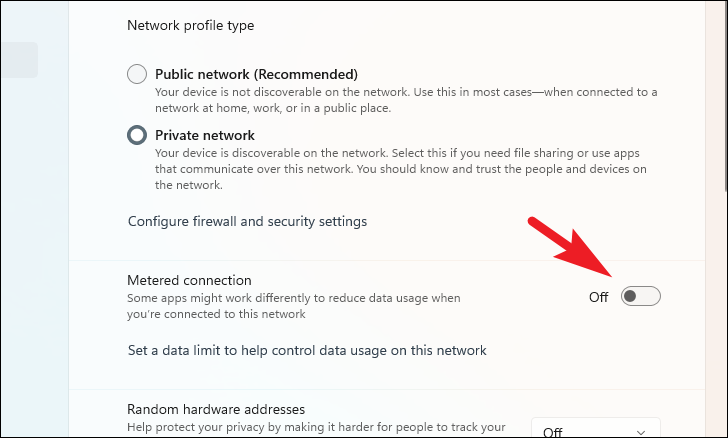
2. Run Update Troubleshooter
If you are sure that your PC can connect to the Internet but still cannot install an update, running the troubleshooter is the most elementary and basic step towards resolving the issue.
First, head to the Start Menu and click on the ‘Settings’ tile to proceed. Alternatively, press the Windows+I keys on your keyboard to open the app.
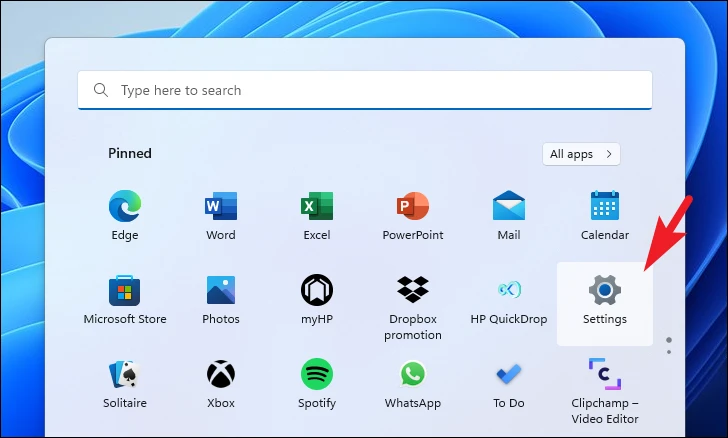
After that, make sure you are on the ‘System’ tab from the sidebar on the left.

Then, click on the ‘Troubleshoot’ tile from the right section of the window.

Now, click on the ‘Other Troubleshooters’ tile to continue.
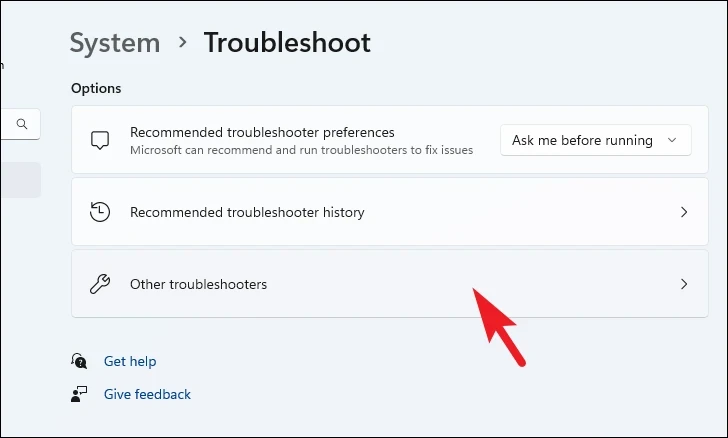
Finally, click the option for ‘Run’ on the right of the ‘Windows Update’ tile.
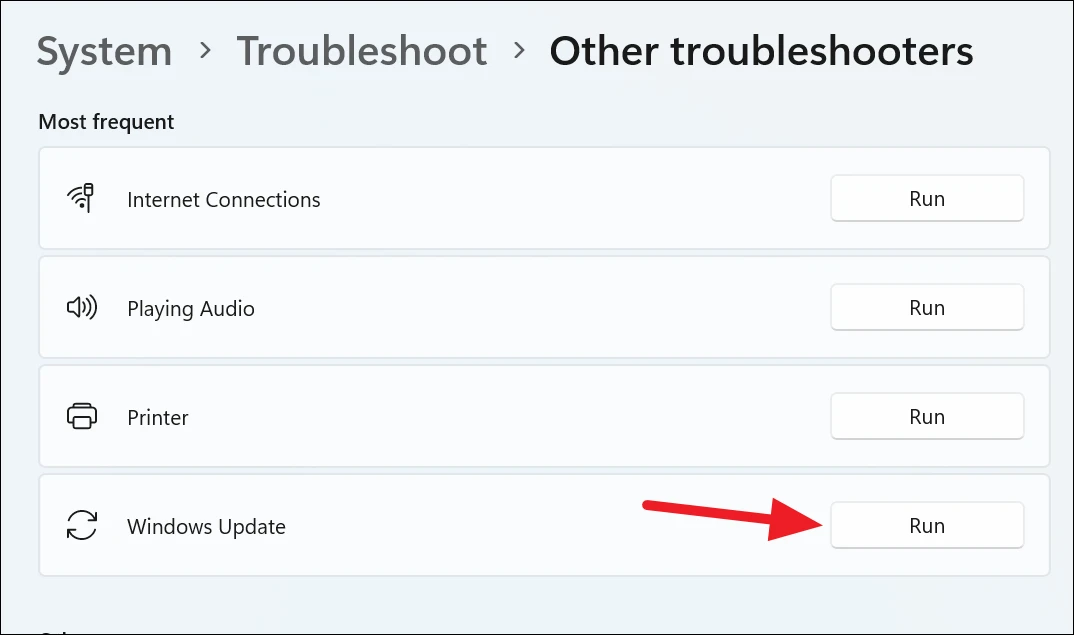
Let the troubleshooter run and if it finds an issue, it will guide you through the steps to fix it. After performing those steps, try updating your system again. If the troubleshooter couldn’t find anything, move on to the other fixes in this list.
3. Check Windows Update Services are Running
There are a few services related to Windows Update that need to be enabled and running for it to work like clockwork. They could be the reason behind all your woes; fortunately, they’re easy to verify.
First, press Windows+R keys together on your keyboard to open the Run command utility, type services.msc, and press Enter.
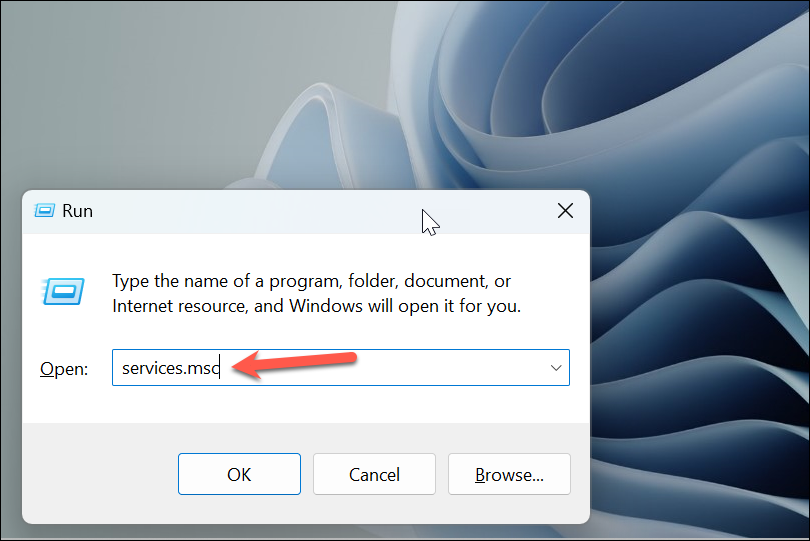
The Services window will open. Scroll down and locate the ‘Windows Update’ service and double-click on it.
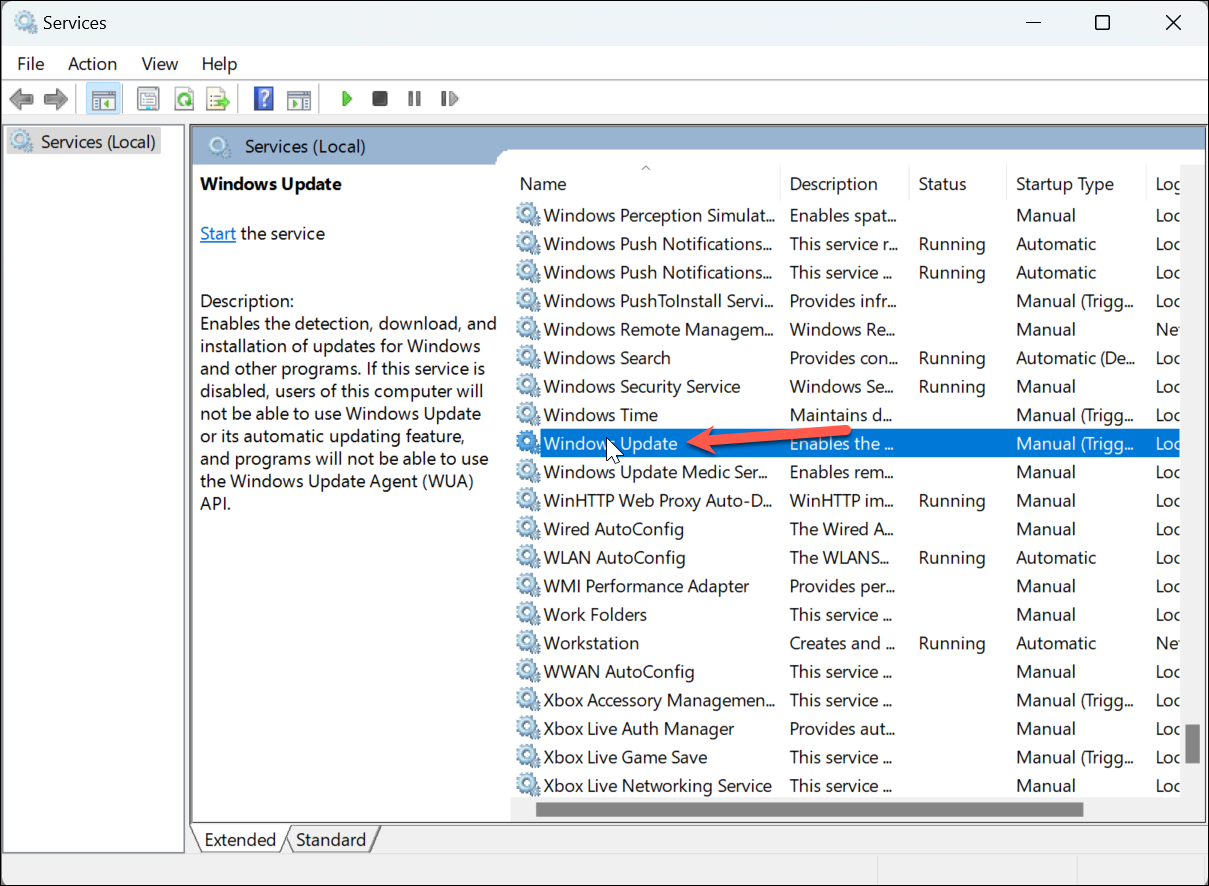
A Properties dialog box will open. Choose ‘Automatic’ from the drop-down menu next to ‘Startup Type’ and hit the ‘Apply’ and ‘OK’ buttons.
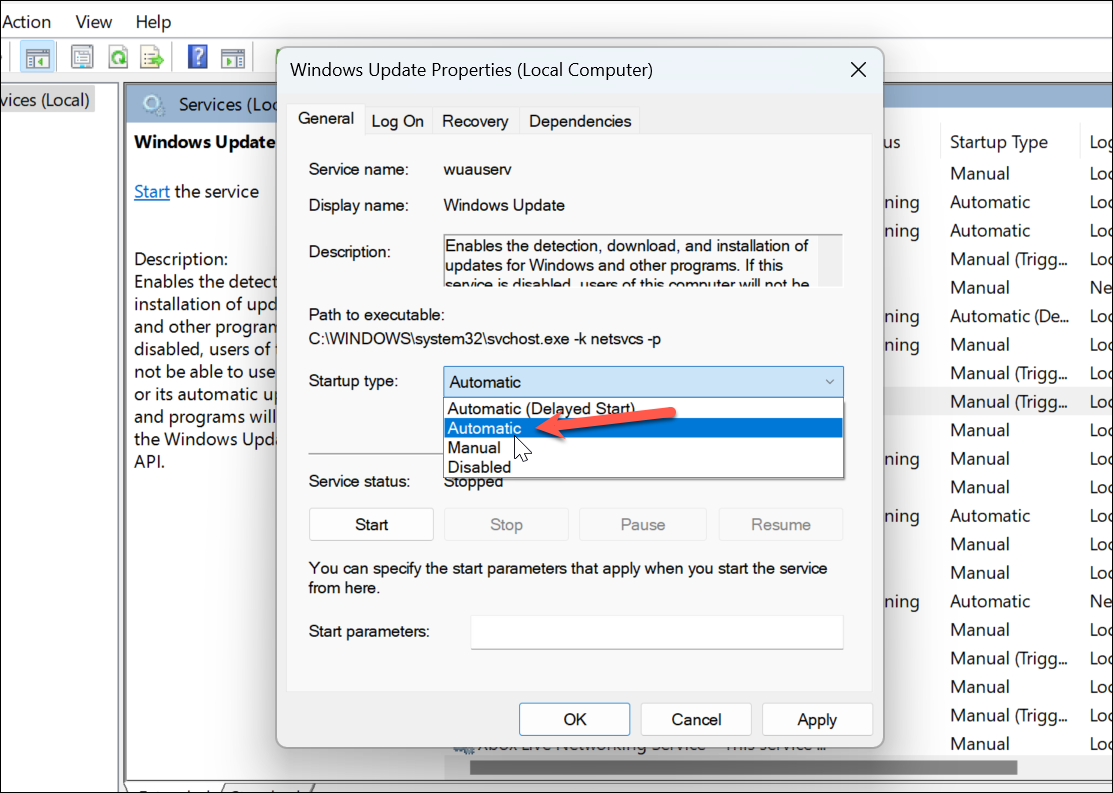
Now, repeat these steps for each of these services:
- Application Identity
- Background Intelligent Transfer Service (BITS)
- Cryptographic Services
Restart your PC and see if the issue was resolved.
4. Free Up Space Using Clean Up Recommendation
Clean-up recommendations help you remove unnecessary files from your system. Many times an update is not downloaded due to low storage space on your system. If you are running low on space, cleaning the clutter will definitely help resolve the issue.
First, head to the Start Menu and click on the ‘Settings’ tile to continue. Alternatively, press the Windows+I keys together on your keyboard to open the app.
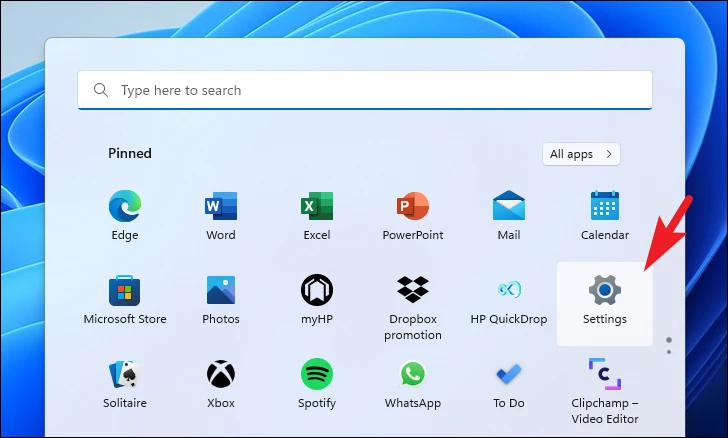
Now, on the Settings window, make sure you have selected the ‘System’ tab present on the left sidebar.

Next, from the right section of the window, scroll down to locate and click on the ‘Storage’ tile.
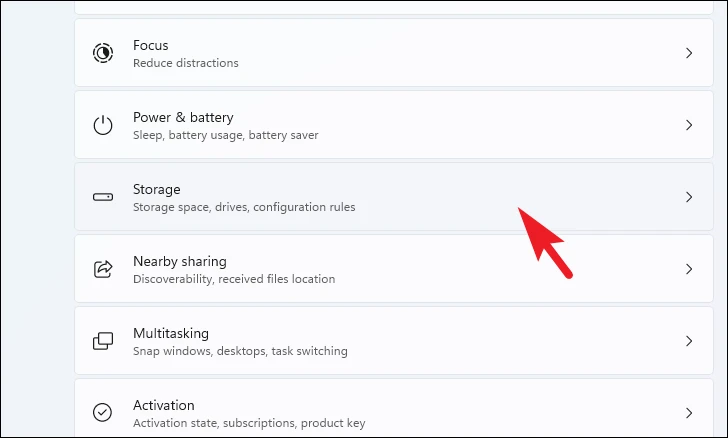
After that, from the ‘Storage’ settings page, scroll down to locate and click on the ‘Cleanup recommendations’ tile.

Now, on the ‘Cleanup recommendations’ page, first, click on the ‘Temporary files’ tile to expand the section. Then, select the categories of files by clicking on the checkbox preceding each listing. In case you wish to select more categories of temporary files, click on the ‘See advanced options’ button. Once you have selected your preferred categories, click on the ‘Clean up’ button present at the end of the section to clean up selected files and free up memory on your Windows 11 device.
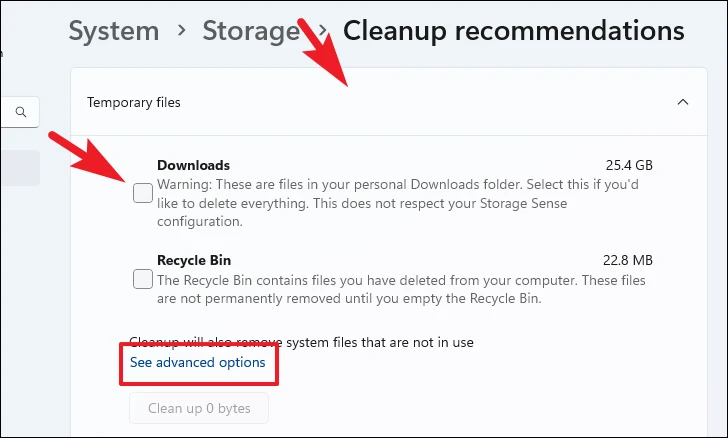
Similarly, click on the ‘Large & unused files’ tile to expand the section. All your unused and very large files will be listed in the section. Review each folder and select it by clicking on the checkbox preceding each list item.
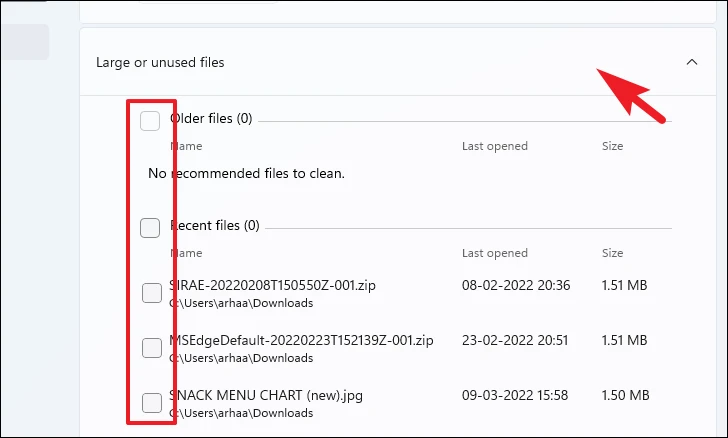
If you wish to expand the list of files that you can remove to free up the space on your computer, click on the ‘See more files’ option. Once you have selected the required files, click on the ‘Clean up’ button to delete those files permanently from your system.
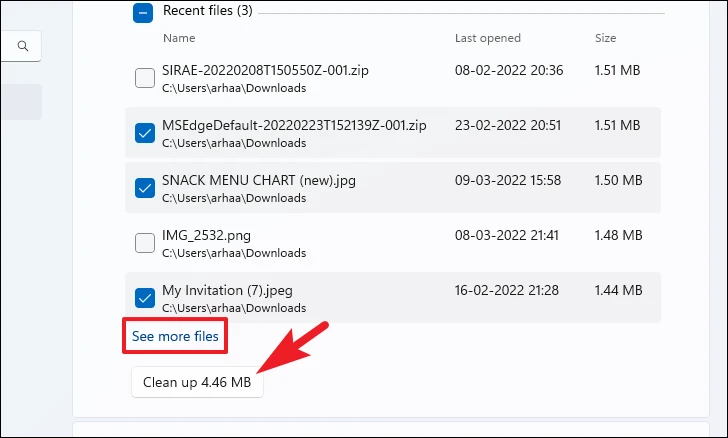
After that, click on the ‘Unused apps’ tile to expand the section. Next, if there are any apps present in the list select them by clicking on the checkbox preceding each item and then click on the ‘Clean up’ button to remove those apps and their data from your system.
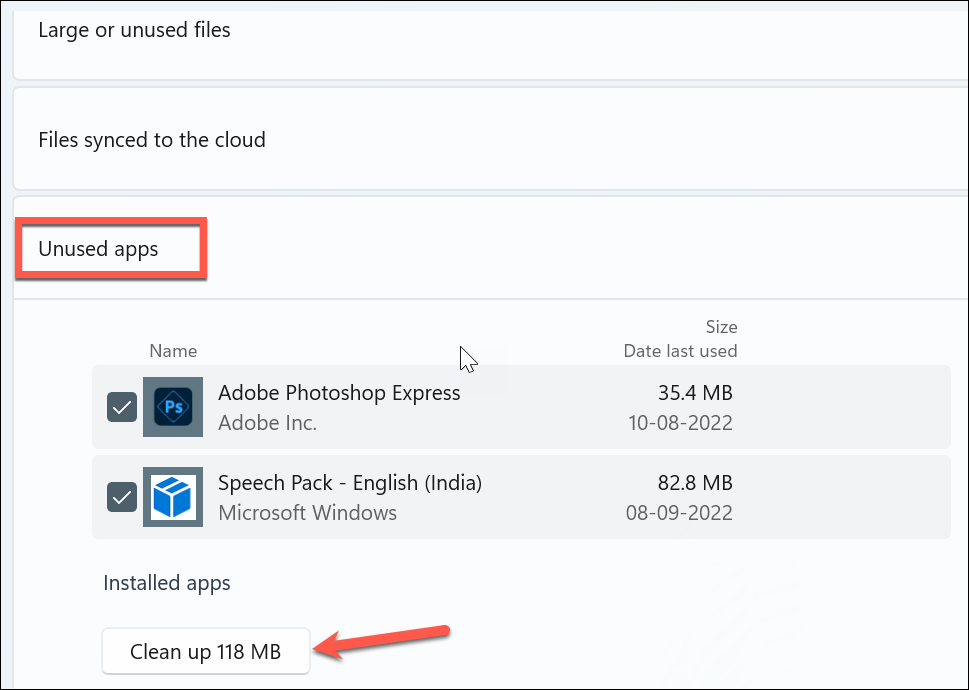
5. Disable Third-Party Anti-Virus Software
If you have third-party anti-virus software on your system, temporarily disable it. Third-party anti-virus software can often block Windows updates and they might be the ones causing all the mayhem.
While you’re at it, temporarily disable other services like VPN and Firewall along with your anti-virus so nothing can interfere with the Windows Update service.
Try updating your system after disabling everything listed above. If the update is successful, you can enable all the services you previously disabled. Otherwise, enable those services and move on to the next method.
6. Run DISM and SFC Scan
Deployment Image Servicing and Management scans will check and repair the existing operating system files installed on your device along with other system files currently on your PC.
Head to the Start Menu and type Terminal to search for it. Then, right-click on the ‘Terminal’ tile and choose the ‘Run as administrator’ option from the context menu to proceed.
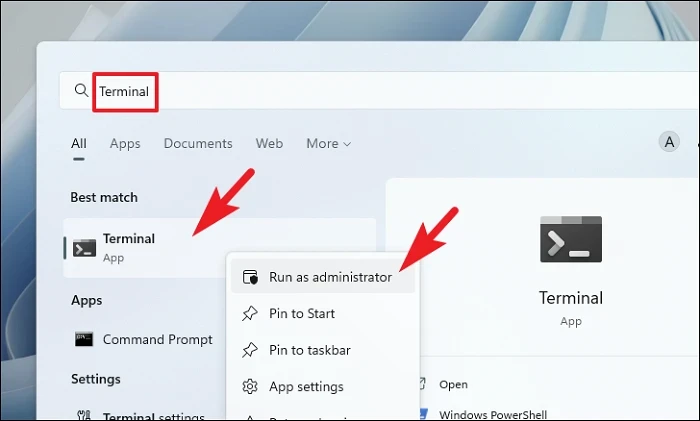
Next, if you are not logged in with an admin account, enter credentials for one. Otherwise, click on the ‘Yes’ button to proceed.

After that, click on the ‘chevron’ (downward arrow) icon and click on the ‘Command Prompt’ option.
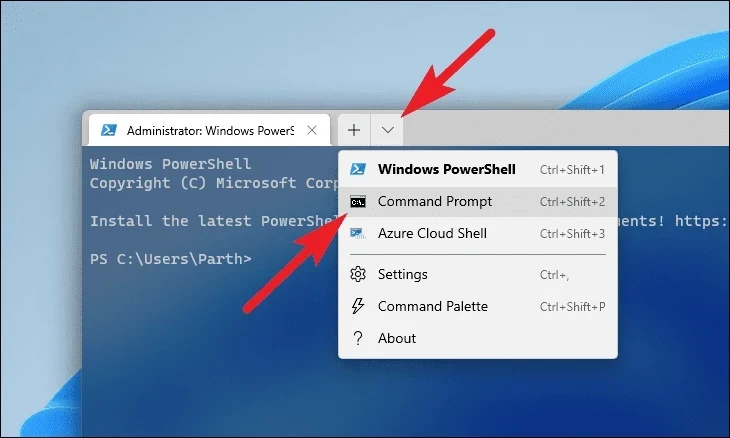
Then, type or copy+paste the below-mentioned command and hit Enter on your keyboard. This will restore the currently installed OS image on your device.
DISM/ Online/Cleanup-Image/RestoreHealth 
Once completed, type or copy+paste the following command to check and repair the system files on your PC.
SFC /scannow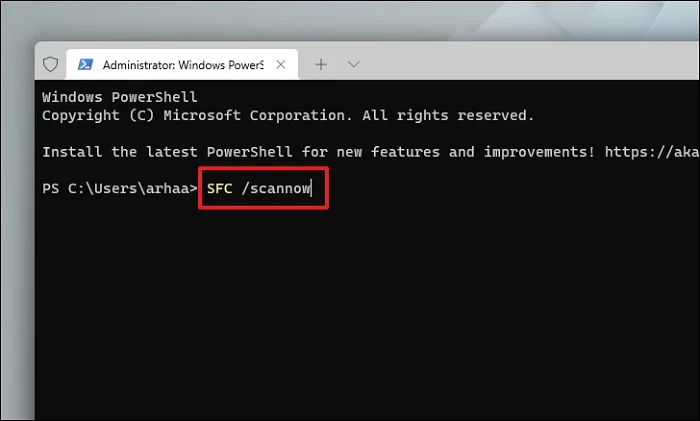
If after the scan, you get the message that the scan was successful, try updating your Windows again. If it has found corrupted files in the scan, remove those files and then update your PC. It should work this time around.
7. Empty the Software Distribution Folder
Many times, a damaged or corrupted Windows update copy can stall your device from getting updated. Thus, wiping clean the update folder might do the trick for you.
First, head to the File Explorer by either double-clicking on the ‘This PC’ icon or by pressing the Windows+E keys together on your keyboard.

Then, type or copy+paste the below-mentioned address in the address bar of the window and press Enter to navigate to the directory.
C:\Windows\SoftwareDistribution\Download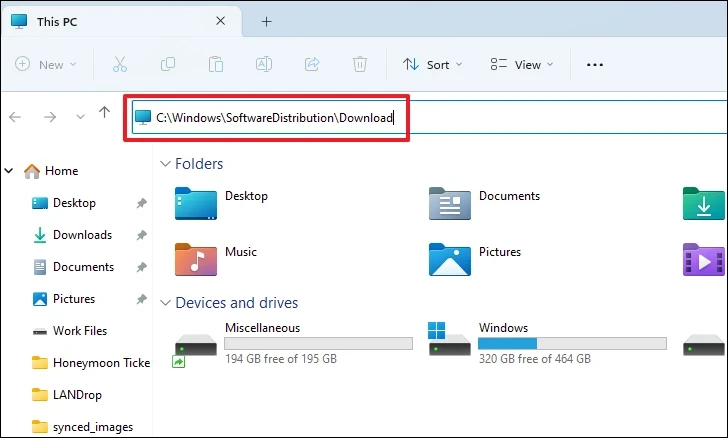
After that, press Ctrl+A to select all files and press the Shift+Delete keys to permanently delete all files from the directory. You will need admin privileges to delete the contents of this folder.
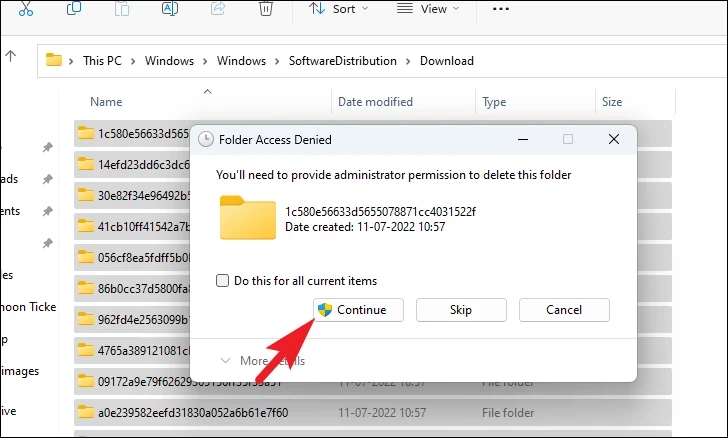
Once deleted, restart your PC and try to update your PC once more to see if it rectified the issue.
8. Restart Windows Update Services
In case just clearing the Windows update folder does not clear out the issue for you, simply restart Windows Update services along with clearing out the logs.
First, head to the Start Menu and type Terminal in the menu to perform a search for it. Then, from the search results, right-click on the ‘Terminal’ tile and click on the ‘Run as administrator’ option to proceed.
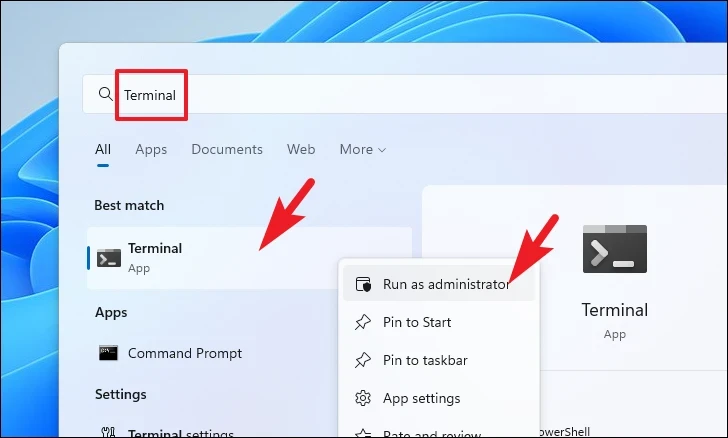
A UAC (User Account Control) window will appear on your screen; if you are not logged in with an admin account, enter the credentials for one. Otherwise, click on the ‘Yes’ button to proceed.

Next, click on the ‘chevron’ icon (downward arrow) and then select the ‘Command Prompt’ icon to proceed. This will open the Command Prompt in a separate tab.
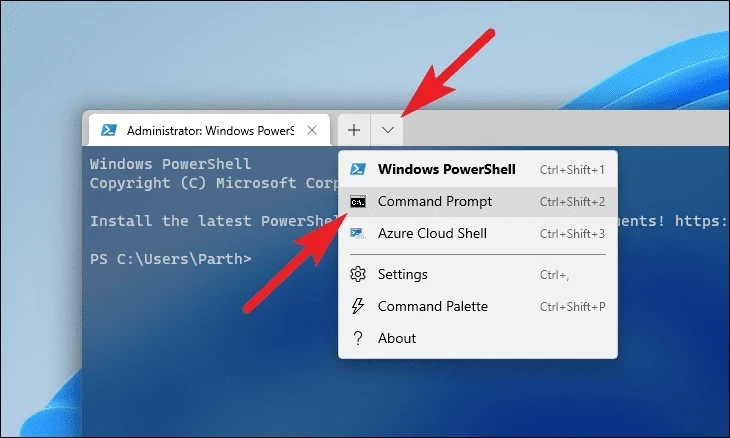
Now, type or copy+paste the below-mentioned commands to stop the ongoing update services. Make sure you press Enter after each command to execute them individually.
net stop bitsnet stop wuauservnet stop cryptsvc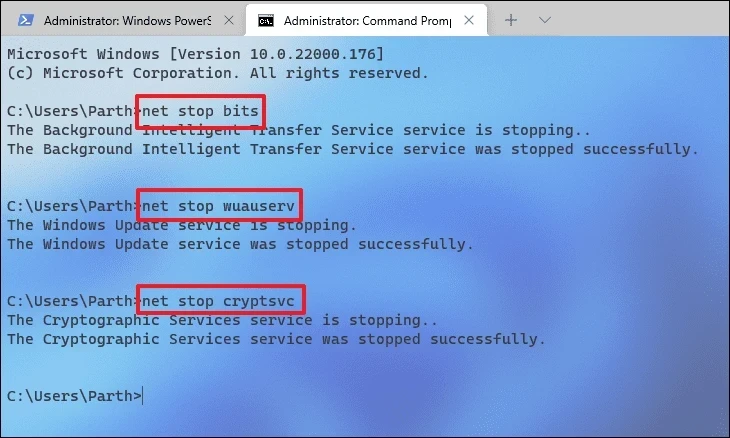
After that, press Windows+R keys together on your keyboard to open the Run command utility. Then, type or copy+paste the below-mentioned address path utility.
C:\Windows\SoftwareDistribution\DataStore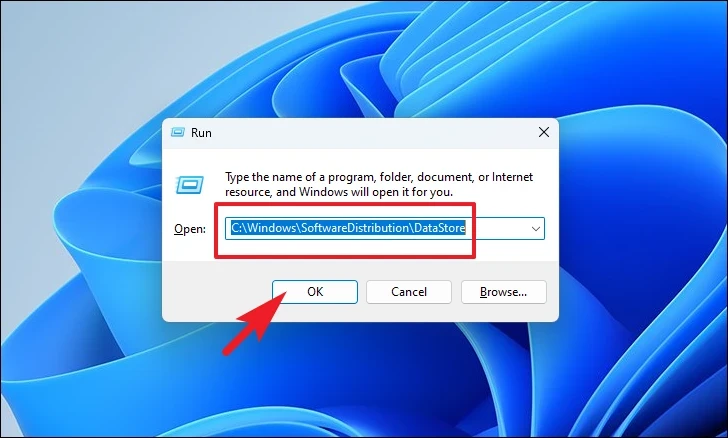
Then, press the Ctrl+A keys to select all the files and folders, and then press the Shift+Delete keys to delete all files permanently.
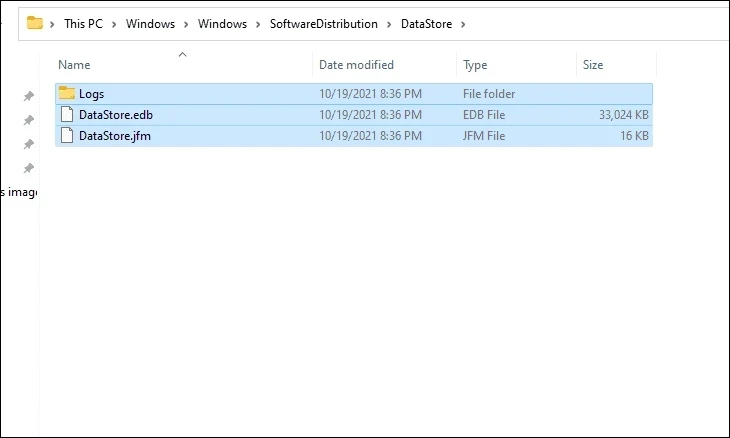
Finally, head back to the elevated Command Prompt window, type or copy+paste the following commands one by one, and hit Enter after each to start the services you disabled earlier.
net start bitsnet start wuaservnet start cryptsvc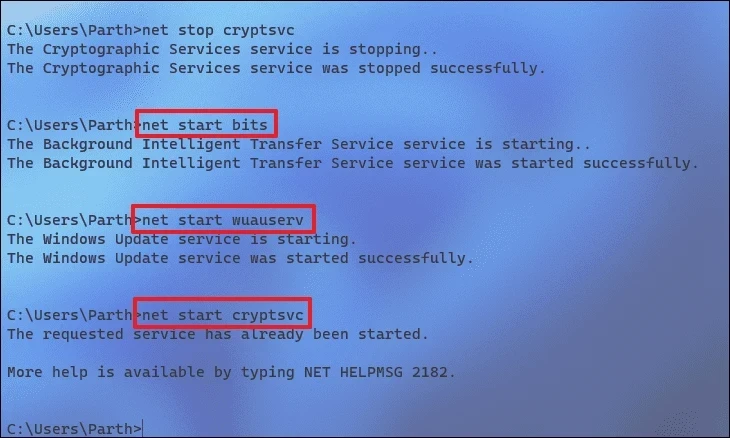
Once the process is completed, restart your Windows PC and check if the issue still persists.
9. Perform a Clean Boot
Many a time a third-party software or service can also interfere with the system settings and generate an error on your system.
First, press the Windows+R keys together on your keyboard to bring up the Run command utility. After that, type msconfig and hit Enter to proceed.

Then, click on the ‘General’ button. From the General settings, click on the radio button preceding the ‘Selective startup’ option and click on the ‘Load system services’ option.
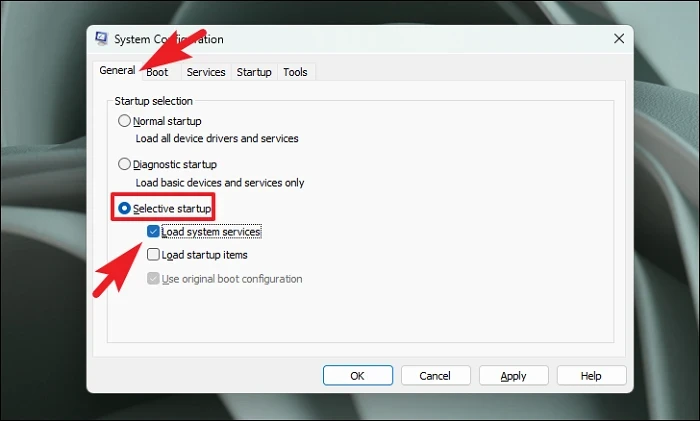
Next, click on the ‘Services’ tab and click on the checkbox preceding the ‘Hide all Microsoft services’ option. Then, click on the ‘Disable all’ option.
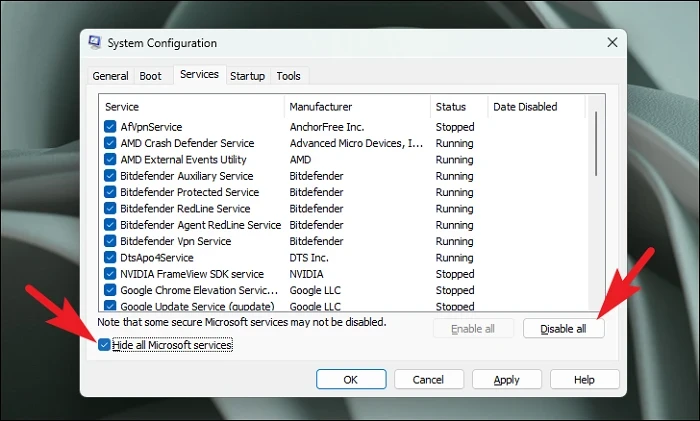
Finally, click on the ‘Apply’ and ‘OK’ buttons to proceed.

At last, restart your PC from the Start Menu and the system will start in a clean boot environment. Check if the issue persists. Once the issue has been resolved, enable all third-party services again to load all your programs the next time you boot.
10. Roll Back to a System Restore Point
If you have a reason to believe that a recent software upgrade or a third-party software installation might be the culprit behind the issue, you can also roll back to a system restore point.
Press the Windows+R shortcut on your keyboard to bring up the ‘Run Command’ utility. Then, type Control and hit Enter on your keyboard.

After that, locate and click on the ‘Recovery’ tile from the grid of icons.
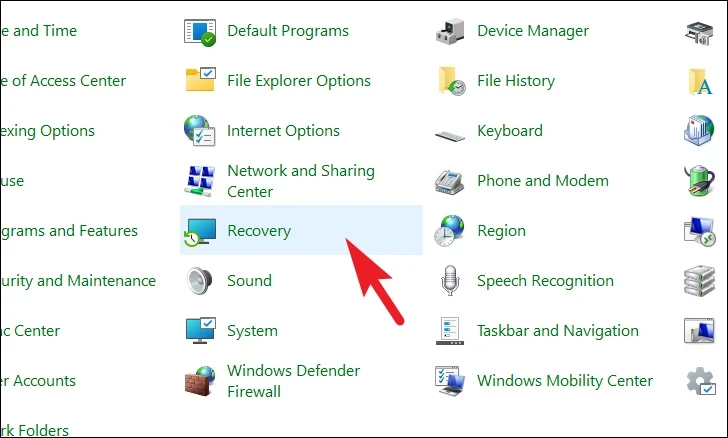
Next, click on the ‘Open System Restore’ option from the list. This will open a separate window on your screen.

From the separately opened window, click on the ‘Next’ button.
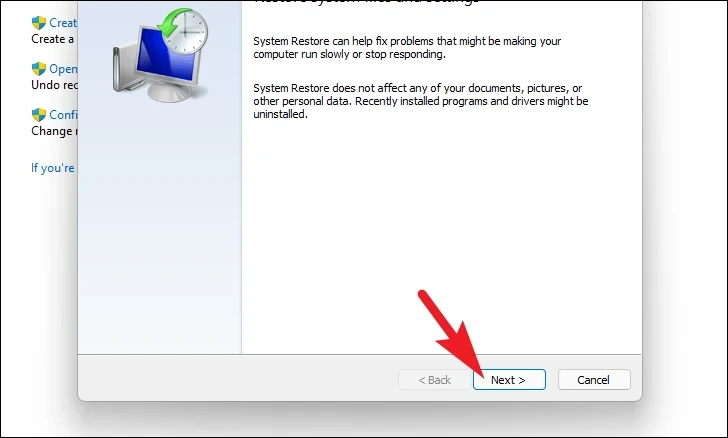
You will then see the list of System Restore points you can roll back to. Click to select from the list and click on the ‘Next’ button.
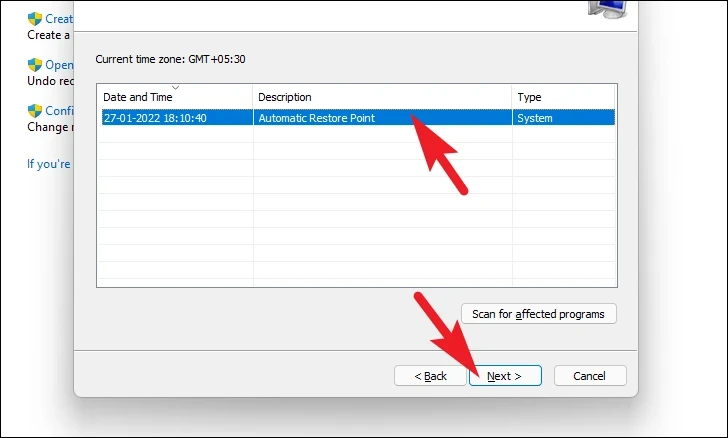
You will now see the drives that will be rolled back using the chosen restore points from the ‘Drives’ section. If you also wish to see the files and programs that will be impacted, click on the ‘Scan for the affected programs’ option. This will open a separate window.

On the new window, you can view the programs that will be deleted and the ones that will be restored (no programs will be affected on the test PC and hence, the list in the screenshot below is empty). Click on the ‘Close’ button to close the window.

Finally, click on the ‘Finish’ button to start the System Restore process on your Windows 11 PC.
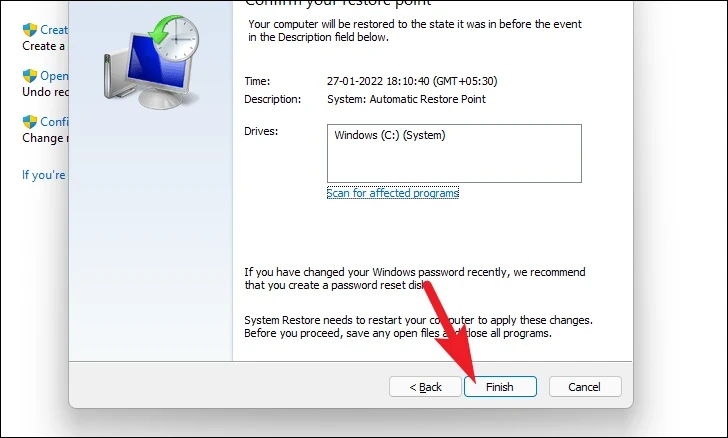
If the issue was brought up due to a recent update or any third-party software installation, you no longer should face the problem. However, in case you are still facing the error, hop on to the next solution.
11. Reset your PC
In case no method has been able to fix the issue on your PC, the last resort is to reset your PC. Thankfully, you will not lose your personal files and folders. However, resetting your PC will remove all the programs that you have installed and also bring all the settings to their default configurations.
To reset your PC, head to the Start Menu, and click on the ‘Settings’ tile present under the ‘Pinned apps’ section. Alternatively, type Settings in the menu to perform a search.
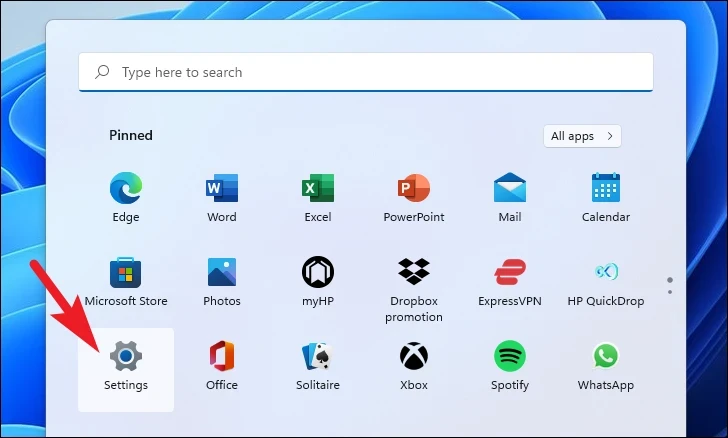
After that, from the Settings window, make sure you have selected the ‘System’ tab present on the left sidebar.
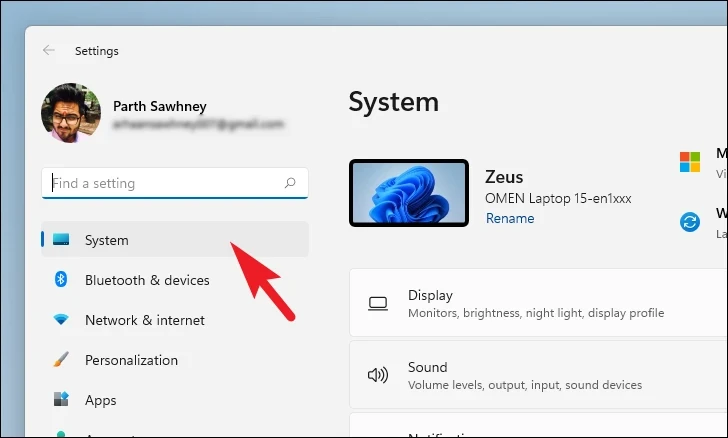
Then, from the right section of the window, scroll down to locate and click on the ‘Recovery’ tile to proceed.

Then, on the ‘Recovery’ settings screen, locate the ‘Reset this PC’ tile and click on the ‘Reset PC’ button present on the far right edge of the tile to proceed. This will open a separate window on your screen.
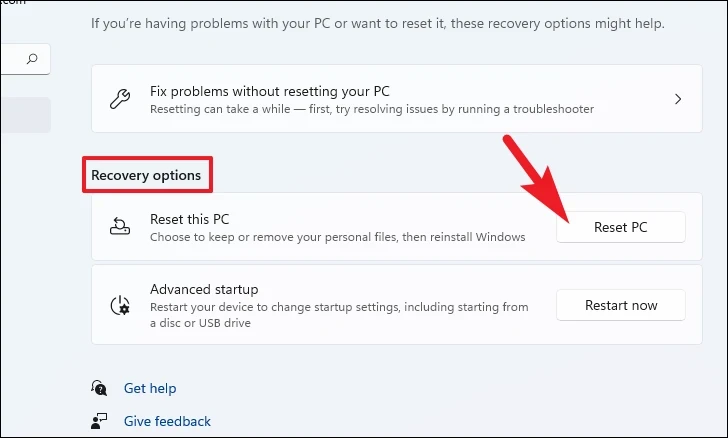
Now, from the separately opened window, click on the ‘Keep my files’ tile to proceed. In case you wish to remove all your personal files as well when resetting, click on the ‘Remove everything’ option.
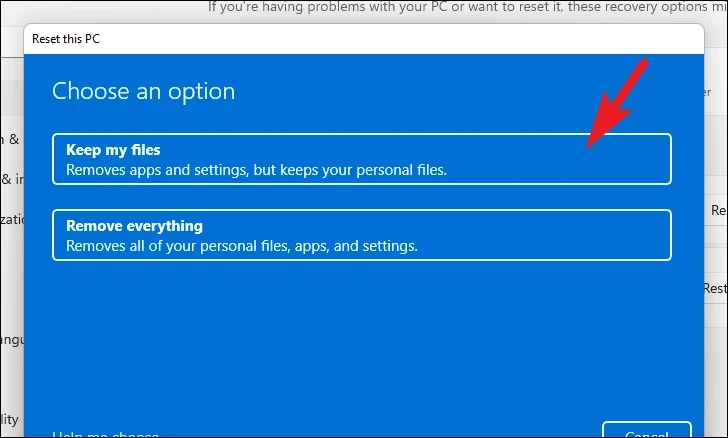
On the next screen, you will need to choose a method for reinstalling the operating system on your machine. Since there could be an issue with the copy already present on your system, it is recommended that you click on the ‘Cloud download’ option.
Note: ‘Cloud download’ will require an active internet connection and will consume upwards of 4GB of data.
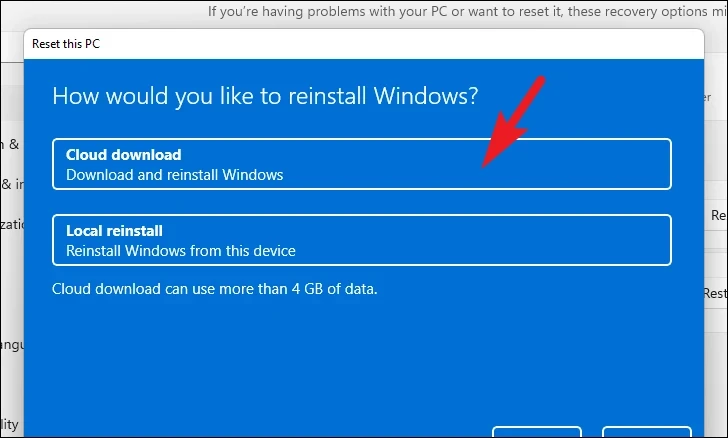
After that, Windows will list the settings that you have chosen. In case you wish to change any of it, click on the ‘Change settings’ option to continue.
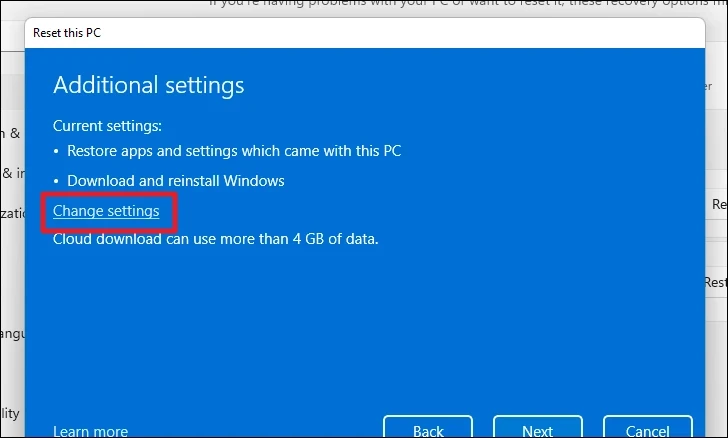
If you chose to change the settings, you can configure the following settings on the next screen. You can choose to not restore the apps and settings by clicking on the toggle switch present under the ‘Restore preinstalled apps?’ option and bringing it to the ‘No’ position. You can even switch from the Cloud download to local installation by clicking on the toggle switch present under the ‘Download Windows?’ option to change the installation method. Once adjusted according to your preference, click on the ‘Confirm’ button to proceed.
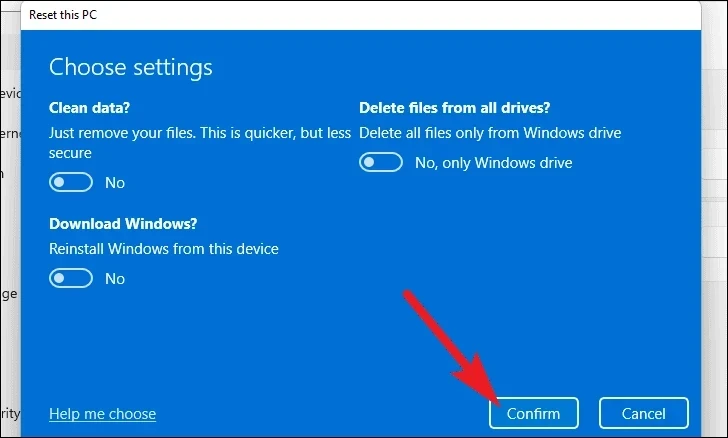
After that, from the main window, click on the ‘Next’ button to continue.
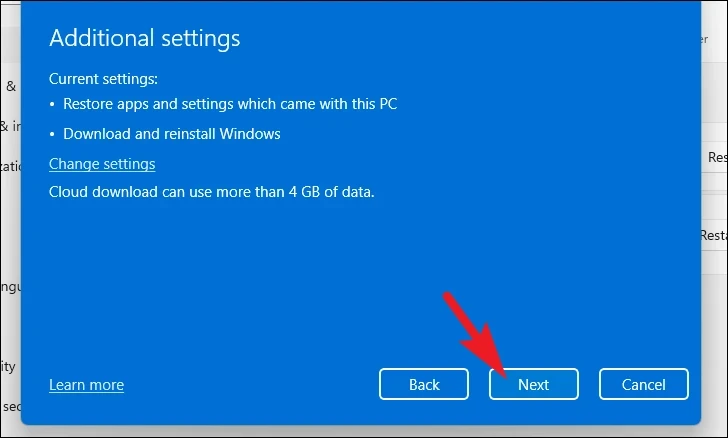
In case your PC was updated recently, you will receive a message on the screen stating that you will not be able to roll back once you reset the PC. To continue, click on the ‘Next’ button.

After that, Windows will list out all the impacts resetting your PC will have on your system. Read them carefully and click on ‘Reset’ to commence the resetting process.
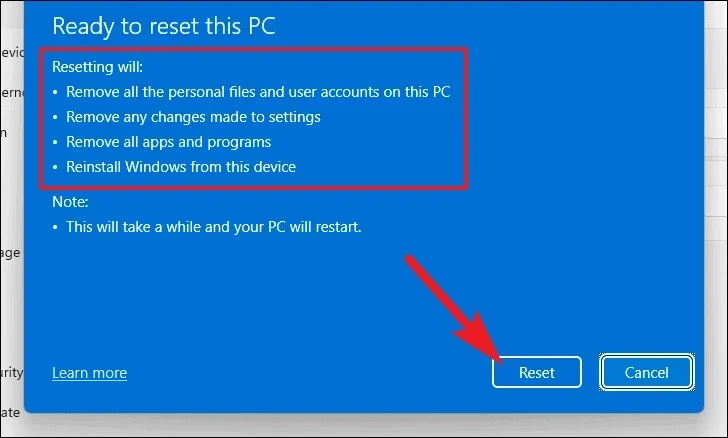
12. Manually Download & Install Updates
Downloading Windows 11 update packages manually is as plain sailing as it gets once your know where to look for them.
To do so, head to the official Microsoft Catalogue website catalog.update.microsoft.com. Then, enter the KB (Knowledge Base) number of the Windows update you wish to download in the ‘Search’ bar present on the page and hit Enter on your keyboard or click the ‘Search’ button.

All the available downloads for the searched KB number will be populated in a list on the web. To get more information on a particular update package, click on its title. This will open a separate browser window on your screen.

You can also get information on ‘Installation Resources’, ‘Package details’, and Languages supported by the package by clicking on their respective tabs present on your screen.
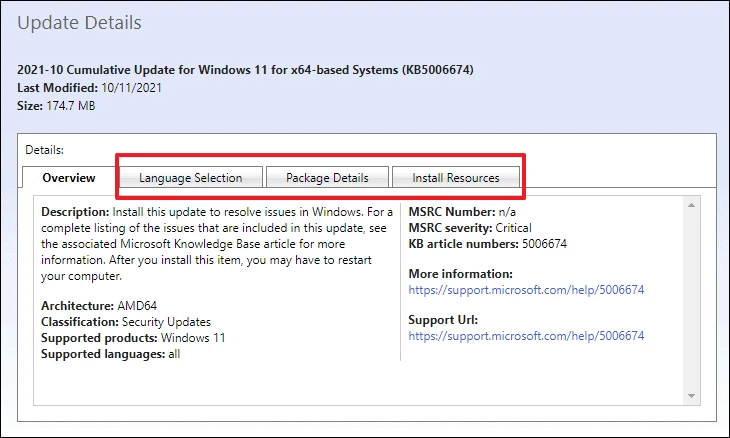
Once you have identified which package you wish to download, click on the ‘Download’ button situated on the far right edge of an individual row of the package. This will open a separate window on your screen.

After that, right-click on the link present under the update package title and choose the ‘Save link as’ option from the context menu.

Then, choose your desired directory on the system and click on the ‘Save’ button.
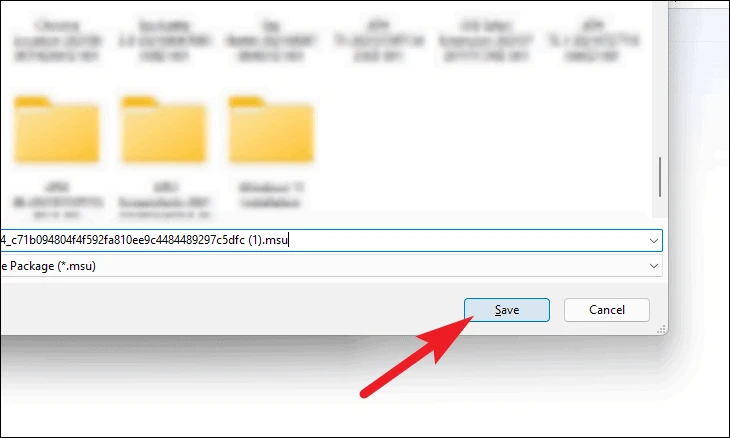
To install the downloaded package, double-click on it to run the installer.

The Windows Update Standalone installer will prepare the system for installation and that might take a few minutes or so.
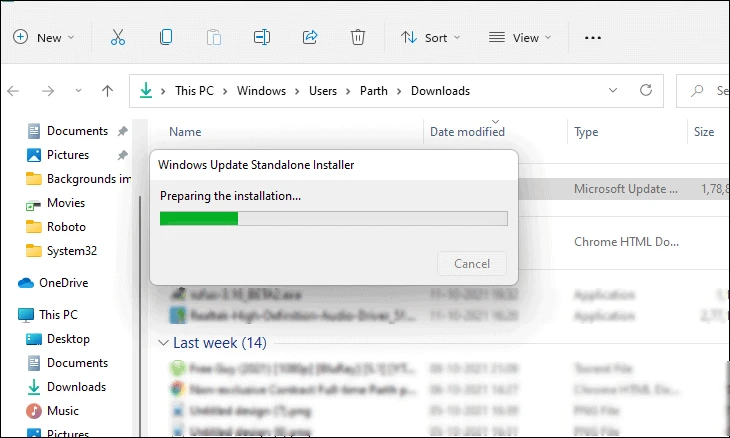
Once the update is ready to install, a prompt will appear on the screen to confirm the installation. Click on the ‘Yes’ button to start installing.
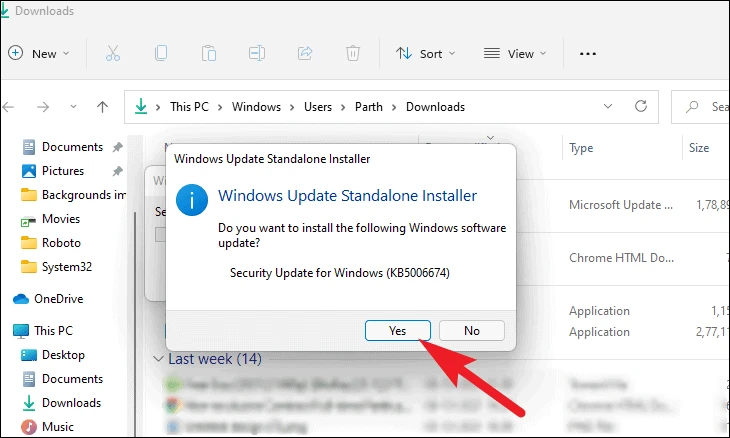
You should now see the update package being installed on your system, it might take a few minutes to install.
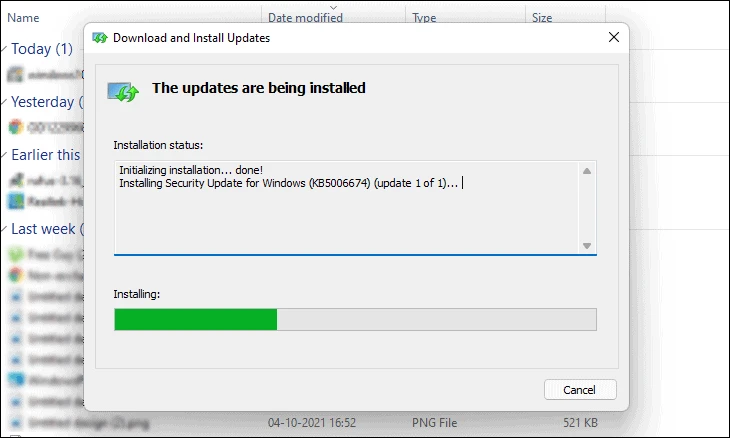
Once installed, you will see a message stating so on the window. Depending on the type of update, you might be prompted to restart your machine.
There you go, folks. Hopefully, using the methods mentioned above, you will be able to resolve the Windows 11 not updating issue on your computer.

